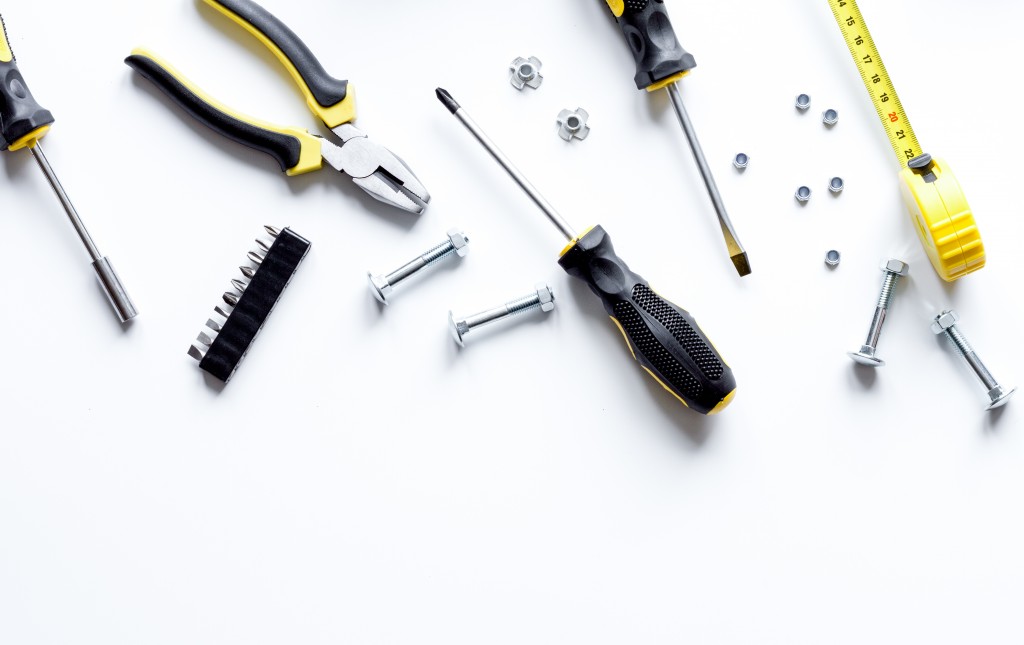When we think of climate change, it’s most often associated with global warming. And while many places in the world are witnessing record high temperatures each year, the patterns are uneven. Thus, parts of the US may experience the occasional polar vortex or cold snap.
On the whole, though, climate change is expected to drive an unprecedented epoch of human migration in the years to come. As the hottest places become unbearable to live in, colder areas suddenly open up and become livable.
Inevitably, many people will find the combination of habitability and prosperity hard to resist. However, northern regions that become warmer are still going to experience cold weather and extreme fluctuations.
Are you open to the possibility of migrating in the future to take advantage of new living opportunities? How prepared are you to build an appropriate home in these conditions?
Unique challenges
Maybe you’ve lived through some harsh winters. You know that a good ice management plan includes an emergency service for removing snow because doing it yourself incurs a significant injury risk. You rearrange curtains and furniture and wear extra layers indoors because it helps keep you warm while saving on the energy bill.
These measures are appropriate for a reasonable range of cold conditions. Mostly what you’d expect from living in any of the lower 48 states that experience winter weather. That can quickly change if you move to a place like Alaska or Ontario, even if these areas do get warmer in the future.
Frigid climates pose unique challenges to long-term residents. And they aren’t necessarily what you’d expect if you’re accustomed to living in more temperate or warm regions.
Maybe you can foresee the added cost of keeping the home warm for more days each year. But if you were planning to install solar panels to offset costs, did you know that ice build-up on your roof renders them inefficient? How about the fact that windy conditions can cause snow to drift inside your home, even to the point of freezing windows and doors shut?
Logistics and design issues
These challenges extend to the construction of homes in such environments. It’s vital to remember that while an increase of one or two degrees can make all the difference in terms of livability, cold weather is less forgiving on our structures. After all, we build shelters so that they take the brunt of the effects of exposure to the elements.
Compounding this problem is that policymakers and building designers generally come from a warmer location, skewing their perspective.
Tomorrow’s frontiers for migration are currently less populous and therefore under-represented. Thus, they tend to follow policies and building codes devised by authorities from temperate areas. The result can be inappropriate design for the harsher conditions, which leads to energy inefficiency and lowered durability. Both prove costly in the long run.
Logistics are another problem as you work in colder weather. Materials often have to be sourced from further away, which drives up costs and makes the supply chain susceptible to disruption. If you rack up needless expenses, it can detract from the overall build quality.
Principles to build upon

Perhaps the most critical building principle you need to keep in mind when migrating north is to keep it small.
Smaller structures are cost-effective because you have less space and therefore need lower energy consumption to keep indoors warm. Less house also translates to lower repair and maintenance costs.
Those savings can be reinvested in material quality and a thicker building envelope all around. Efficiency plus durability equals a more future-proofed home, even when considering the weather extremes brought about by climate change.
You can also look to the peoples and cultures that have lived for many generations in the world’s cold regions. Modern designers are already looking to vernacular architecture and traditional villages in these areas for sustainable building techniques.
Along with going small, many settlements feature houses clustered together or built against south-facing slopes. This arrangement reduces the impact of wind.
Each home is built facing the south to maximize the heat received from the sun during the day. Natural or locally sourced materials, such as adobe or brick, make for effective insulation and also provide a thermal-absorbing mass in areas of the home that receive direct sunlight.
Windows, and balconies if present, should be kept small, as these areas increase heat loss from the home. Roofs tend to be vertical and hipped to minimize the buildup of precipitation and potential damage to the structure.
You may be open to migrating north in the future, but you can’t just build a typical home there. Learn the appropriate design principles, and keep your structure compact to survive and be sustainable in the long term.



